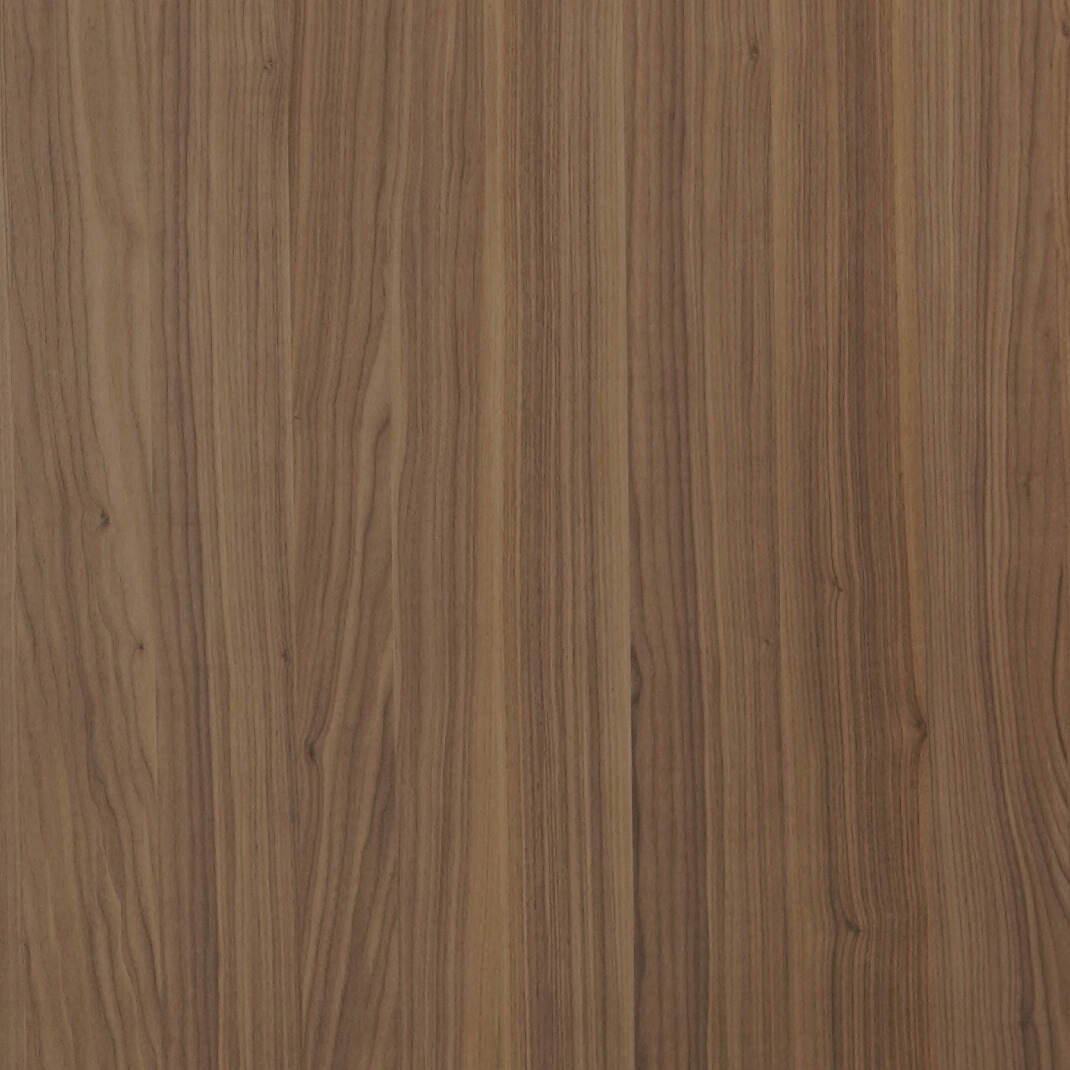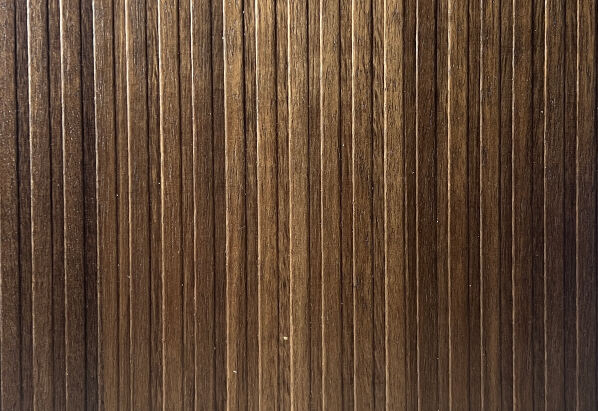Selecting the appropriate furniture panels for your woodworking project can significantly impact both the aesthetic appeal and structural integrity of your final product. Whether you're a professional cabinetmaker, furniture designer, or dedicated hobbyist, understanding the various types of panels available and their specific characteristics is essential for achieving optimal results. The choice between solid wood panels, engineered wood products, and composite materials depends on numerous factors including budget, intended use, environmental considerations, and desired appearance.

Modern furniture manufacturing relies heavily on the strategic selection of panel materials to balance cost-effectiveness with performance requirements. High-quality furniture panels serve as the foundation for countless applications, from kitchen cabinetry and office furniture to custom built-ins and architectural millwork. The evolution of panel technology has introduced innovative solutions that combine traditional woodworking principles with advanced manufacturing techniques, resulting in products that offer superior stability and consistency compared to conventional solid lumber.
Understanding Panel Types and Construction Methods
Solid Wood Panel Fundamentals
Solid wood panels represent the traditional approach to furniture construction, offering unmatched natural beauty and the ability to be refinished multiple times throughout their lifespan. These panels are typically constructed by edge-gluing individual boards together to create larger surfaces suitable for tabletops, cabinet doors, and structural components. The grain orientation and wood species selection play crucial roles in determining the panel's stability and appearance characteristics.
Edge-grain construction provides exceptional strength and minimal seasonal movement, making it ideal for applications where dimensional stability is paramount. Face-grain panels showcase the wood's natural figure more prominently but require careful consideration of grain direction to prevent warping or splitting. Professional woodworkers often prefer solid wood panels for high-end projects where the authentic wood appearance and feel are essential design elements.
Engineered Panel Solutions
Engineered furniture panels combine multiple layers of wood or wood products to create stable, predictable materials that resist warping and dimensional changes. Plywood represents one of the most common engineered solutions, featuring alternating grain directions that provide strength in multiple directions while maintaining relatively lightweight characteristics. Modern plywood manufacturing techniques produce panels with exceptional surface quality suitable for direct finishing or veneer application.
Medium-density fiberboard and particleboard offer cost-effective alternatives for applications where structural requirements are less demanding. These composite materials excel in situations requiring smooth, consistent surfaces for paint or laminate application. However, their moisture sensitivity and limited refinishing capabilities must be carefully considered during the selection process.
Material Properties and Performance Characteristics
Strength and Durability Factors
The mechanical properties of furniture panels vary significantly based on their construction method and constituent materials. Solid wood panels generally provide superior screw-holding power and edge-working capabilities, making them ideal for applications requiring strong mechanical connections. The natural fiber structure of wood also contributes to excellent impact resistance and the ability to withstand heavy loads over extended periods.
Engineered panels often exhibit more predictable strength characteristics due to their controlled manufacturing processes. Cross-laminated construction methods distribute stress loads evenly across the panel surface, reducing the likelihood of localized failures. Understanding these performance differences enables designers to select appropriate materials for specific structural and aesthetic requirements while optimizing cost considerations.
Environmental Stability and Movement
Seasonal wood movement represents one of the most critical factors in furniture panel selection, particularly for applications in varying humidity conditions. Solid wood panels naturally expand and contract with moisture changes, requiring design accommodations such as floating panel construction or appropriate joinery techniques. Quarter-sawn lumber typically exhibits less movement than plain-sawn material, making it preferable for critical applications.
Engineered furniture panels generally demonstrate superior dimensional stability due to their cross-laminated construction, which balances internal stresses and reduces overall movement. This stability advantage makes engineered panels particularly suitable for large surface applications such as conference tables or architectural paneling where seasonal movement could create visible gaps or alignment issues.
Application-Specific Selection Criteria
Kitchen and Bath Applications
Furniture panels used in moisture-prone environments require special consideration for their resistance to humidity fluctuations and potential water exposure. Solid wood species such as teak, mahogany, or properly sealed hardwoods can perform well in these conditions when appropriate finishing systems are applied. However, the natural movement characteristics of solid wood may cause issues with door alignment or drawer operation over time.
Marine-grade plywood and moisture-resistant engineered panels offer excellent alternatives for kitchen and bathroom applications. These products feature specialized adhesives and construction techniques designed to withstand high humidity conditions while maintaining structural integrity. Proper edge sealing and finishing remain critical for long-term performance regardless of the panel type selected.
Commercial and High-Traffic Environments
Commercial furniture applications demand furniture panels that can withstand intensive use while maintaining their appearance over extended periods. Durability factors such as surface hardness, impact resistance, and wear characteristics become primary selection criteria. Solid hardwood panels excel in these applications due to their ability to be refinished and repaired as needed.
High-pressure laminate over particleboard substrate provides excellent durability for horizontal surfaces subject to heavy use. These engineered solutions offer consistent performance characteristics and simplified maintenance requirements, making them popular choices for office furniture and institutional applications where lifecycle costs are important considerations.
Quality Assessment and Selection Guidelines
Visual and Structural Inspection Methods
Proper evaluation of furniture panels begins with thorough visual inspection to identify potential defects or quality issues. Surface imperfections such as knots, grain irregularities, or manufacturing defects can significantly impact both appearance and performance. Solid wood panels should exhibit consistent grain patterns and color matching when multiple pieces will be used together in a single project.
Structural integrity assessment involves checking for delamination in engineered products, proper edge sealing, and overall flatness across the panel surface. Warping, twisting, or other dimensional distortions indicate potential quality issues that could affect installation and long-term performance. Professional-grade furniture panels typically undergo rigorous quality control processes that minimize these concerns.
Supplier Qualification and Certification
Working with qualified suppliers ensures access to furniture panels that meet industry standards for quality and performance. Certification programs such as those offered by the Hardwood Plywood and Veneer Association provide independent verification of manufacturing processes and product specifications. These certifications offer valuable assurance for professional applications where consistent quality is essential.
Environmental certifications such as Forest Stewardship Council approval indicate responsible sourcing practices and sustainable manufacturing methods. These credentials are increasingly important for commercial projects and environmentally conscious consumers who prioritize sustainable material choices in their furniture selections.
FAQ
What thickness should I choose for furniture panels in different applications
Panel thickness selection depends primarily on the structural requirements and span distances of your specific application. For cabinet doors and drawer fronts, three-quarter inch panels provide adequate strength while remaining manageable for hardware installation. Tabletops and shelving typically require thicker panels, often ranging from one to two inches, to support expected loads without sagging. Thinner panels of half-inch or five-eighths inch work well for cabinet backs and other non-structural applications where weight and cost considerations are important.
How do I determine the best grain orientation for my project
Grain orientation significantly affects both appearance and performance characteristics of furniture panels. For maximum strength across the panel width, orient the grain perpendicular to the primary stress direction. Quarter-sawn orientation provides the most stable option with minimal seasonal movement, making it ideal for wide panels or precision applications. Plain-sawn panels offer more dramatic grain patterns but require careful consideration of expansion and contraction in the design phase.
What factors should guide my choice between solid wood and engineered panels
The decision between solid wood and engineered panels involves balancing aesthetic preferences, performance requirements, and budget constraints. Solid wood panels offer superior refinishing capabilities and authentic appearance but require more attention to seasonal movement and moisture control. Engineered panels provide consistent dimensions and stability at lower cost but may have limitations for edge detailing and refinishing. Consider the intended use environment, expected lifespan, and maintenance requirements when making this selection.
How can I ensure proper storage and handling of furniture panels before installation
Proper storage protects furniture panels from damage and maintains their dimensional stability until installation. Store panels flat on level supports with adequate air circulation around all surfaces to prevent moisture accumulation. Avoid direct contact with concrete floors or exterior walls where moisture could be transferred to the panels. Maintain consistent temperature and humidity conditions when possible, and allow panels to acclimate to the installation environment for several days before use to minimize post-installation movement.
Table of Contents
- Understanding Panel Types and Construction Methods
- Material Properties and Performance Characteristics
- Application-Specific Selection Criteria
- Quality Assessment and Selection Guidelines
-
FAQ
- What thickness should I choose for furniture panels in different applications
- How do I determine the best grain orientation for my project
- What factors should guide my choice between solid wood and engineered panels
- How can I ensure proper storage and handling of furniture panels before installation



